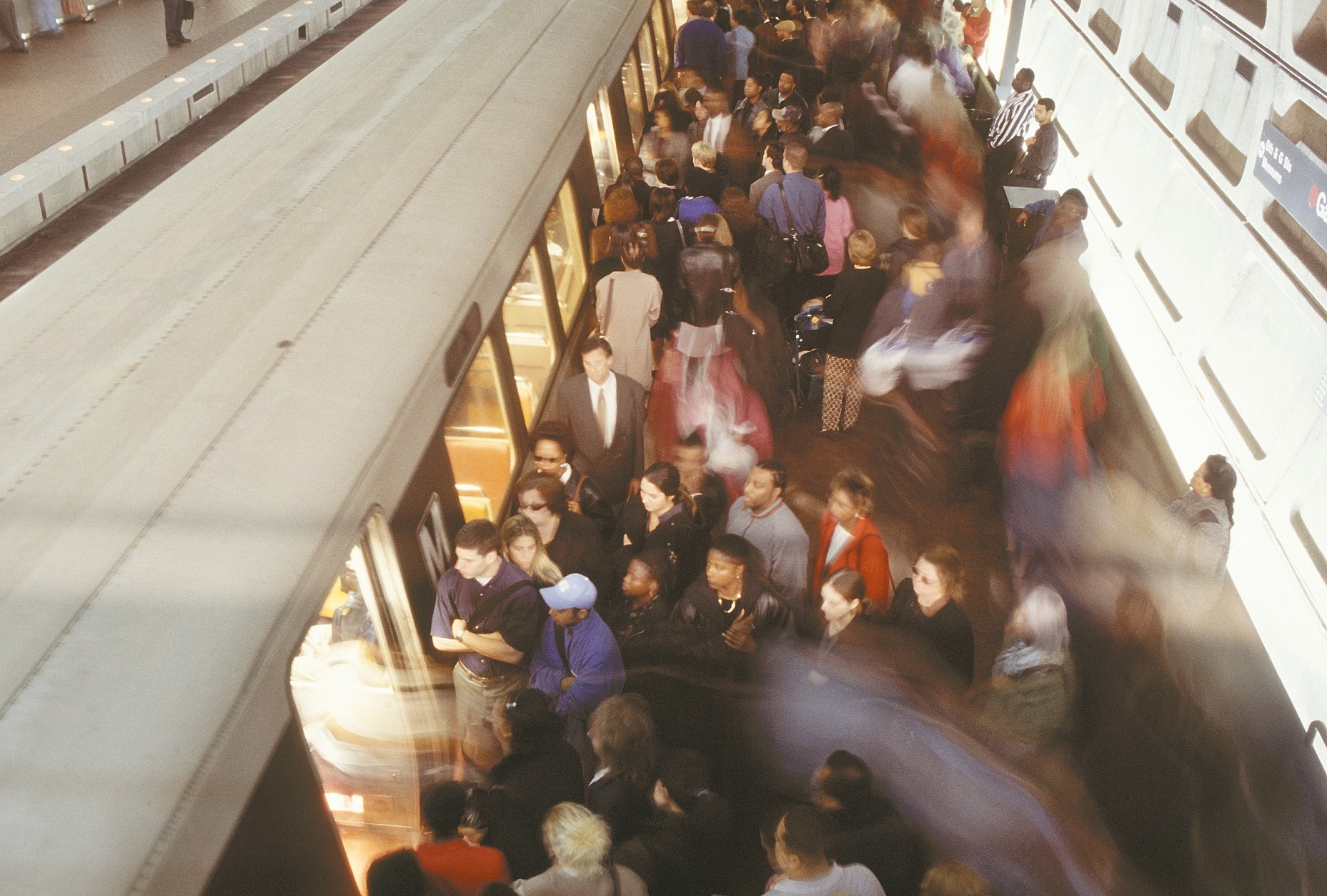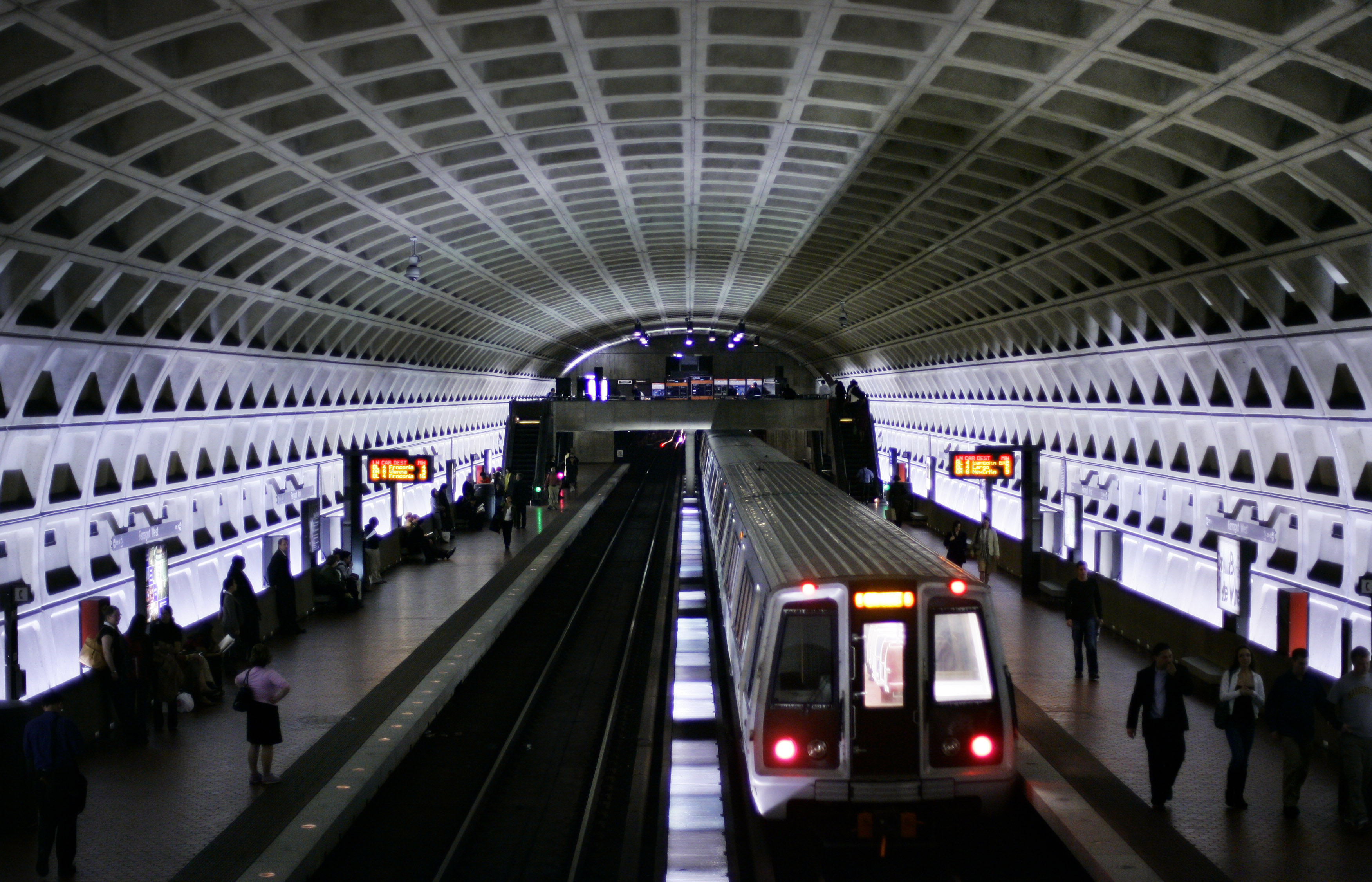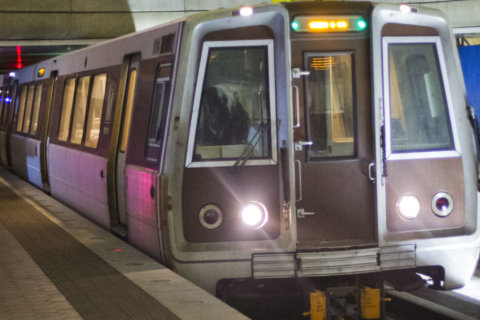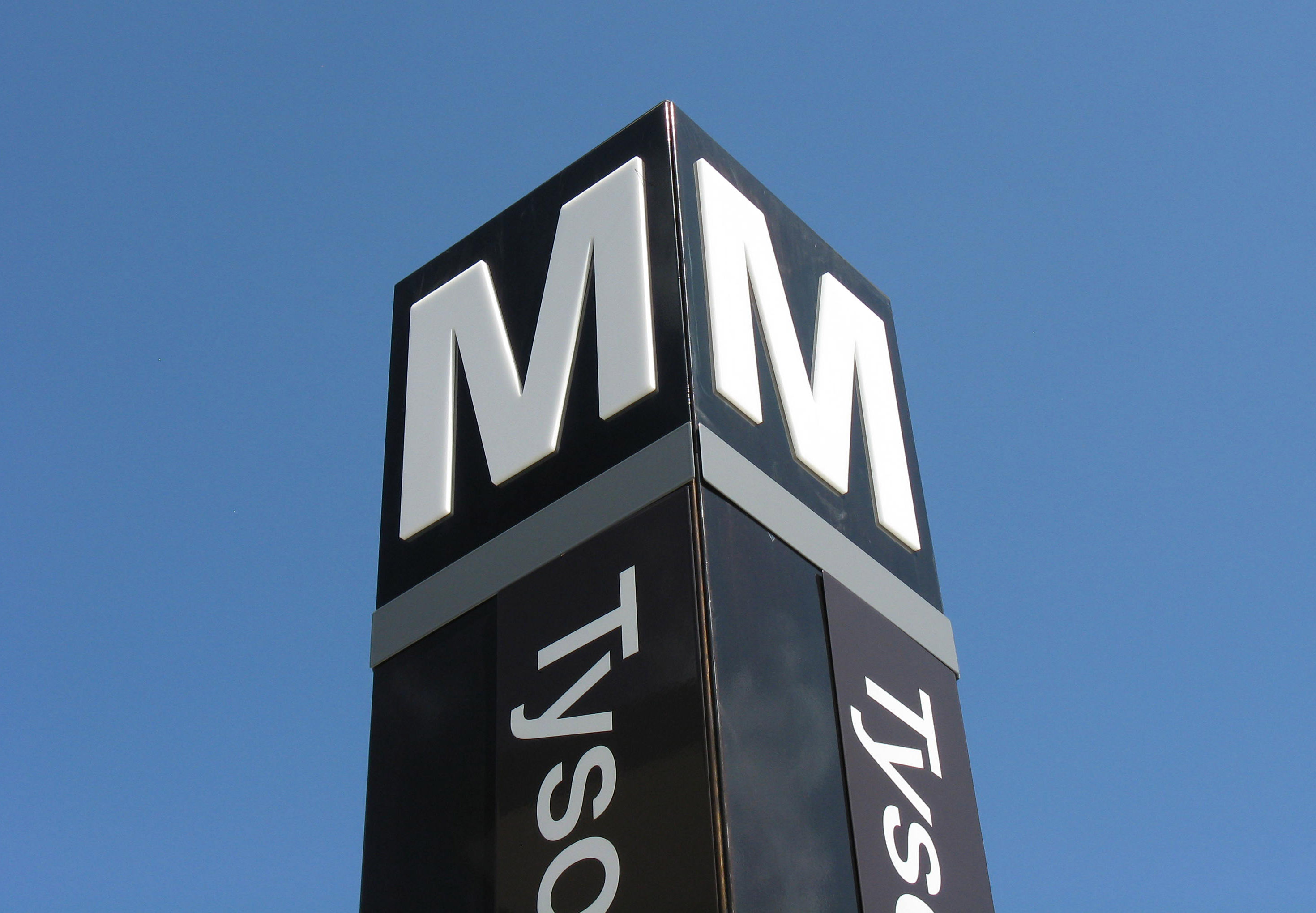WASHINGTON — Significantly fewer people are riding across the Metrorail and bus systems, but savings from running fewer trains, cheaper gas and lower than planned labor costs left Metro just barely above water on its $1.72 billion operating spending for the fiscal year that ended in June.
The agency spent more on repairs than in past years but again left money from its capital improvement budget on the table.
That’s according to new budget information that will be presented to Metro’s board of directors Thursday.
Overall in the 12 months ending in June, Metro riders took 321 million trips on rail or bus — 20 million fewer trips, or 6 percent less, than the previous year.
Despite long-term trends showing declining ridership, Metro had forecast an increase in riders, so the ridership drop was closer to 9 percent compared to what Metro had planned for.
The ridership and revenue decline was even more significant in April, May and June than the rest of the year, with rail ridership down more than 11 percent over the same time last year.
“Ridership was down across all time periods, days of the week, and nearly all individual stations, although losses were especially severe in off-peak periods,” the briefing documents said, referring to weekends, middays and evenings when trains are scheduled less frequently and often include track work as well.
“Off-peak ridership declines are coinciding with less frequent service due to maintenance, and the service reductions have been substantial,” one of the documents said. In May, for example, many lines only operated every 18-24 minutes on the weekends where last year they ran every 10 minutes.
Three “unusually low-ridership days” also dragged performance down, according to the documents.
Riders ‘slow to return’ after major track work surges
Metro’s series of 24/7 track work surges, which began in June, reduced service levels and are behind some of the low ridership levels. But the decline has actually been going on much longer.
In April, rush-hour ridership was down 4 to 5 percent across the system. In the morning rush, 70 of Metro’s 91 stations saw declines over the previous year. Ridership rose slightly in areas with new development around Metro stations like Rhode Island Ave., Columbia Heights, Fort Totten, Navy Yard and Shaw-Howard University. But there were sharp declines in ridership along the Blue, Orange and Silver Lines in Prince George’s County.
In fact, all stations east of Capitol South on the Silver, Orange and Blue Lines were down nearly 10 percent in April, the Metro documents said. That has also led to declines in the use of parking facilities on the Blue and Orange Lines.
The only stations in Virginia with increases were McLean, Tysons Corner and Greensboro on the Silver Line.
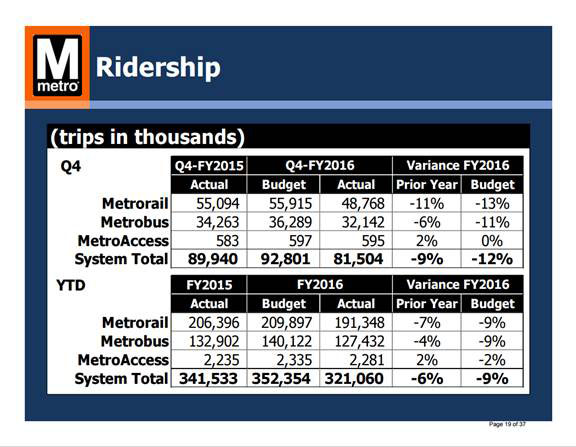 In April, weekend rail ridership was down 20-30 percent with losses correlating in part to weekend track work. In May, ridership was down 9 percent on weekdays and more than 20 percent on weekends.
In April, weekend rail ridership was down 20-30 percent with losses correlating in part to weekend track work. In May, ridership was down 9 percent on weekdays and more than 20 percent on weekends.
The 24/7 track work began in June with impacts on the Blue, Orange and Silver Lines. The financial documents show Metro spent a combined $12 million in capital funds on those “surges,” and experienced the expected $5 million drop in fare revenue on top of existing ridership declines as thousands of riders changed their commutes.
Metro anticipates the “SafeTrack” initiative “will continue to depress rail ridership and fare revenue through fiscal 2017,” according to the documents, because some riders will be “slow to return after (the) surge is completed.”
Metrobus is also seeing ridership declines, and additional traffic delays because of track work.
Bus riders overall was down about 7 percent on weekdays and between 13-14 percent in both April and May, according to the documents. Metro’s analysis showed that low rail ridership was “spilling over” to Metrobus.
“Analysis shows that ridership declines on bus are being led by customers transferring to and from rail,” the documents said.
For example, bus-to-rail transfers were down 14 percent on weekdays in May, with the biggest losses on D.C. bus routes. Meanwhile, bus corridors that operate independently from Metrorail are faring relatively better than the corridors that interact with rail.”
Metro believes the D.C. Streetcar is not impacting ridership on the X2 route that overlaps the H Street corridor since they serve different markets, but ridership on that bus route is down too.
Total MetroAccess ridership rose about two percent over the 12 months to 2.28 million trips. Metro is looking for ways to divert riders to cheaper services.
Metro saving on gas, electricity
With fewer trains running and cheaper gas, Metro spent $13.7 million less than budgeted — 34.3 percent — on fuel and propulsion.
Electricity costs also fell 19.1 percent below anticipated levels as a result of delayed openings of new facilities, such as Cinder Bed Road Bus Garage, Takoma Langley Transit Center, the Silver Spring Transit Center and a Metro Transit Police training facility, according to the documents.
Overall, expenses for Metro grew 3.3 percent — or by $98.2 million — compared to the previous fiscal year “as a result of wage rate adjustments, additional positions for fatigue management, and overtime,” the documents said.
Metro spent $80.3 million on overtime, $2.5 million more than planned. The response to the January blizzard is tied to $4.9 million in personnel costs, and the one-day safety shutdown in March is tied to $500,000 in overtime and fringe benefits for emergency inspections and repairs.
Delays in a number of contracts meant Metro did not spend money on those improvements, and Metro also put off some repair projects to focus on 24/7 track work.
Metro spending more on repairs, new equipment
Metro spent more of its capital budget for repairs, maintenance, and new buses and railcars than in previous years but still left some budgeted money on the table.
In some cases, that was due to savings in projects that cost less than planned, but in others it was simply work that did not get done or that was deferred.
On the plus side, 16 of Metro’s newest 7000 Series cars are now arriving regularly each month, at the high end of what Metro had hoped for after lengthy construction and delivery delays and issues with the initial cars.
Those cars are also becoming more reliable thanks to a series of software upgrades to deal with issues like air conditioning and other glitches and as they get more use in the system.
But National Transportation Safety Board-directed track circuit replacement was thrown off by Metro not having enough people to escort workers at night after winter weather delayed some work. Work that was planned to be completed by June was instead pushed back. Over the 12 months that ended in June, 79 percent of the planned $57 million for signals and communications was spent from the capital budget.
Metro also bought more new buses and overhauled some pieces of buses and rail cars.
Spending for some bus projects was delayed due to “technical problems in new or upgraded automatic vehicle location equipment,” as well as delays in awarding of a contract for installing and replacing bus cameras.
Work to cut down on flooding and water issues at a number of Metro stations was also delayed.
While General Manager Paul Wiedefeld acknowledged that he was looking for a new way to address water getting into the tunnel on the Red Line in the Bethesda area, Metro also had to delay raising vent shafts at other stations to prevent flooding.
The briefing documents said the projects have been delayed by the approval process from a variety of agencies in the District.
The most dramatic example of flooding in the system, at Cleveland Park earlier this year, would not be impacted by raising the grates, but the station does typically have issues that could be addressed by raising the vent shafts rather than surrounding them with sandbags.

